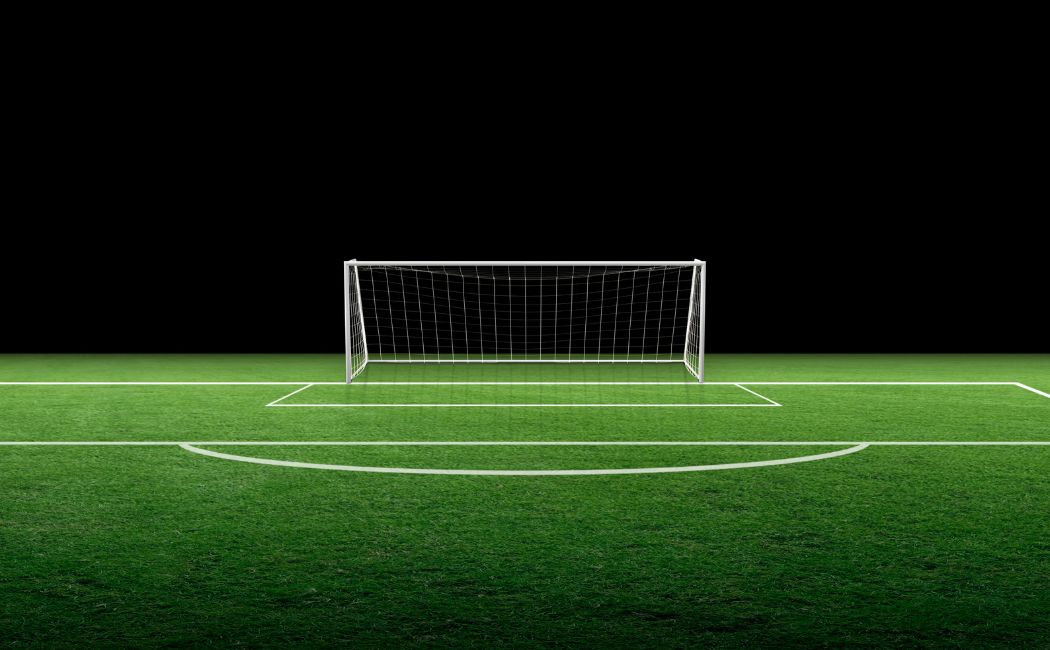
In the world of soccer, commonly known as football outside North America, the pitch is where all the action unfolds. This carefully marked and regulated piece of grass is central not just to the game itself but also plays a key role in strategies, player positions, and overall gameplay. Let’s delve deeper into the various aspects of the pitch in soccer, exploring its dimensions, markings, and how each part contributes to the sport.
The basic dimensions of a soccer pitch
Regulated sizes
Soccer fields vary in size more than those used for many other team sports due to historical and logistical reasons. However, there are constraints set by official governing bodies like FIFA. According to FIFA regulations, the length of a pitch should be between 100-130 yards (90-120 meters) and the width between 50-100 yards (45-90 meters). Most professional stadiums aim for an optimal standard size of around 110-120 yards long and 70-80 yards wide.
Impact of pitch size on play
The size of the field can significantly influence the style of play. Larger pitches generally benefit teams that favor open, expansive styles with lots of passing and space utilization. Conversely, smaller fields might advantage more aggressive, defensive-minded teams, who rely on their ability to press quickly and reduce the effective size of the playing area. Knowing this, teams often tailor their training sessions accordingly to get acclimated to different pitch dimensions.
Main areas of a soccer pitch
The goal area
The goal area, colloquially known as the ‘six-yard box’, is one of the most critical parts of the pitch. It measures 6 yards (5.5 meters) from the goal line into the field and 6 yards out from either goalpost. The primary function of this area is delimiting the spot from which goal kicks must be taken.
The penalty area
The penalty area, or the 18-yard box, extends 18 yards (16.5 meters) from each post into the field and encompasses a larger rectangle around the goal. This area is crucial for several reasons:
- It marks where goalkeepers are allowed to use their hands.
- Fouls committed within this zone by the defending team can result in a penalty kick.
- This region often becomes a tactical battleground during corner kicks and set pieces.
The center circle
The center circle has a radius of 10 yards (9.15 meters) at the midpoint of the pitch. It’s primarily used to ensure that the opposing team remains a certain distance away during the kickoff. Numerous strategic elements revolve around controlling play immediately after the ball has been kicked off.
The lines that mark the pitch
Touchlines and goal lines
The touchlines run along the longer sides of the pitch, while the shorter boundaries near the goals are referred to as the goal lines. Together, these outline the entire playing surface. When the ball completely crosses these lines, whether on the ground or in the air, it leads to throw-ins, goal kicks, or corners depending on where and how it went out.
The halfway line
Dividing the field into two equal halves is the halfway line. This line has both practical and regulatory purposes. For instance, at kickoffs, players need to stay in their respective halves until the ball is played. Additionally, offsides rules depend heavily on the position of this line in relation to the attacking player.
Special markings on the pitch
The penalty spot
Located centrally within the penalty area and 12 yards (11 meters) from the goal line lies the penalty spot. All penalties awarded inside the penalty area are taken from this spot, making it a focal point during high-pressure moments in matches.
The penalty arc
The arc at the top of the penalty box, sometimes called the « D », ensures that all players other than the shooter and goalkeeper remain at least 10 yards from the ball during a penalty kick.
Players often gather just outside this arc when preparing to charge in for potential rebounds off the penalty kick.
Corner arcs
Each corner of the pitch features a quarter-circle arc with a radius of 1 yard. During corner kicks, the ball must be placed within this arc. Teams may employ varied tactics during these set-piece scenarios, using angles and positioning to their advantage.
The goalposts and crossbar
Goal structure
A soccer goal consists of two upright posts joined by a horizontal crossbar, creating the target for teams to score into. Each post is positioned 8 yards apart, with the crossbar located 8 feet above the ground. These measurements form part of the fundamental framework ensuring consistency across different competitive levels.
Netting
The net attached to the goal captures balls that have successfully entered, allowing officials, players, and spectators to clearly see when a goal is scored. While seemingly simple, proper net installation prevents disputes over close-call situations.
The technical area
Dugouts
Adjacent to the pitch, usually along one touchline, lie the dugouts where team substitutes and staff sit. From here, managers orchestrate tactics and substitutions throughout the game.
Technical zones
Marked out directly beside the dugouts is the technical area, delineating where coaching staff can stand and offer instructions. Staying within these boundaries is mandatory, helping maintain order on the sideline during intense match moments.
Different types of playing surfaces
Natural grass
For centuries, natural grass has graced soccer pitches worldwide. Its soft, cushioned surface offers excellent grip, reducing injury risks. However, factors such as weather conditions and maintenance demands greatly affect its quality over time.
Artificial turf
Many modern stadiums now use artificial turf. Made of synthetic fibers designed to look and feel like real grass, these pitches provide durability and consistent performance regardless of climate conditions. Though they require less upkeep compared to natural grass, they have been scrutinized for potentially higher injury rates among athletes.
Hybrid systems
An innovative middle ground between aforementioned options, hybrid pitches combine natural grass with artificial reinforcement. Offering the aesthetics and playability of natural grass alongside the endurance of synthetic alternatives, these fields represent cutting-edge technology in sports groundskeeping.
Weather impact on a soccer pitch
Rain and waterlogging
Heavy rainfall can cause severe disruptions. Emergency drainage systems beneath well-maintained pitches minimize waterlogging, keeping games playable even under adverse weather conditions.
Heat and dryness
Extreme heat dries out the pitch, hardening the surface and increasing bounce unpredictability. Regular watering regimes help mitigate these effects, maintaining ideal humidity and flexibility for uninterrupted matches.
Cold and frost
In cold climates, frosty conditions harden the ground, posing injury hazards. Specialized heating systems underneath some modern pitches melt ice buildup, preserving safe playing conditions.


